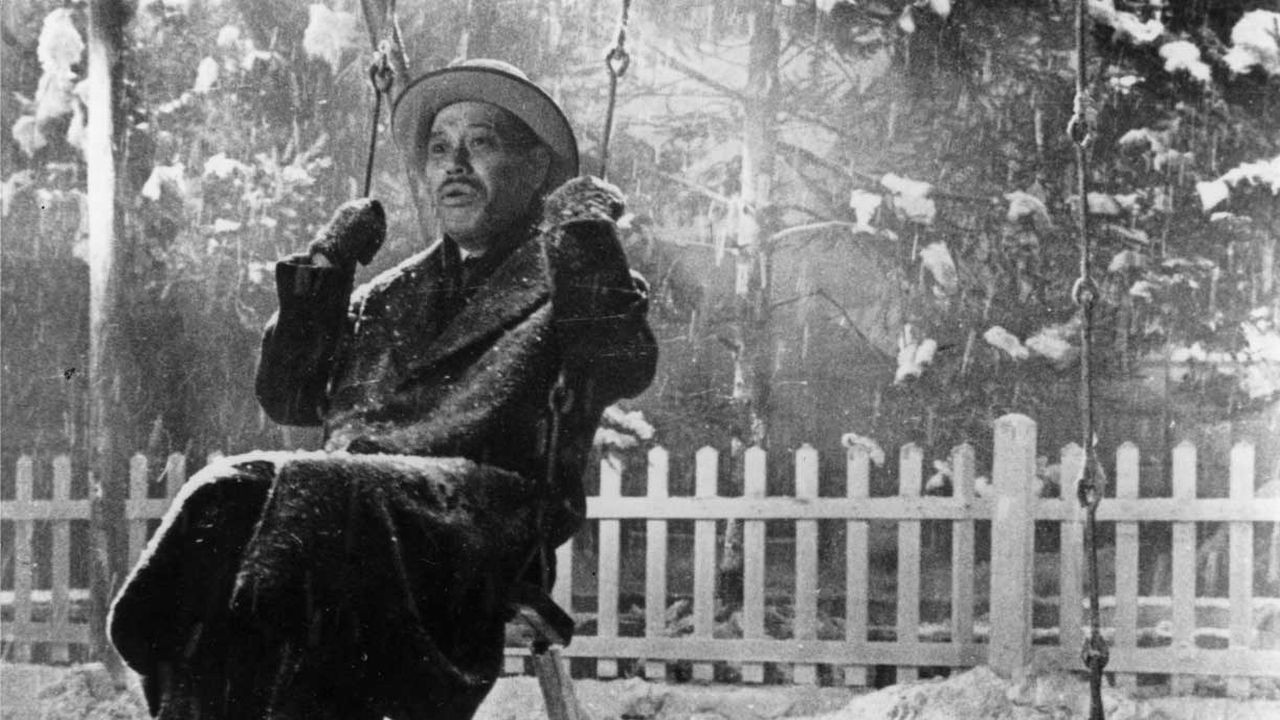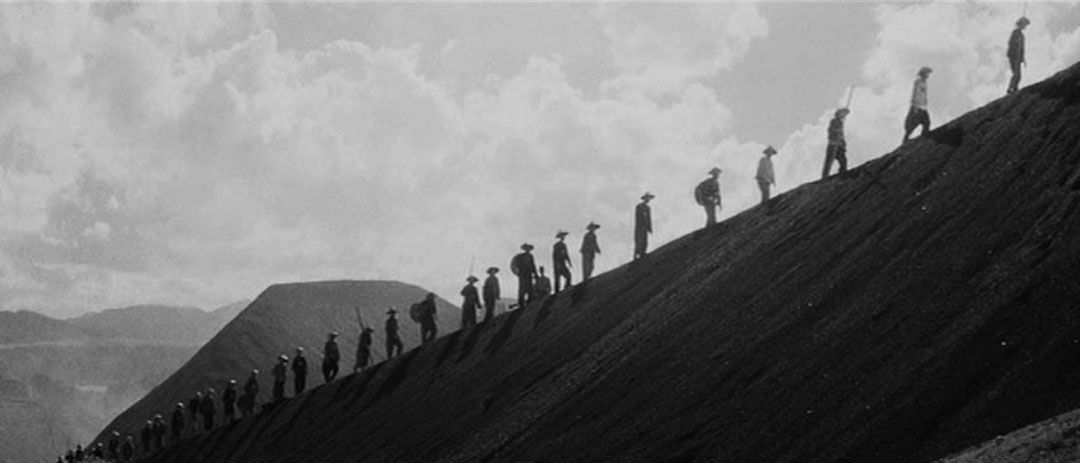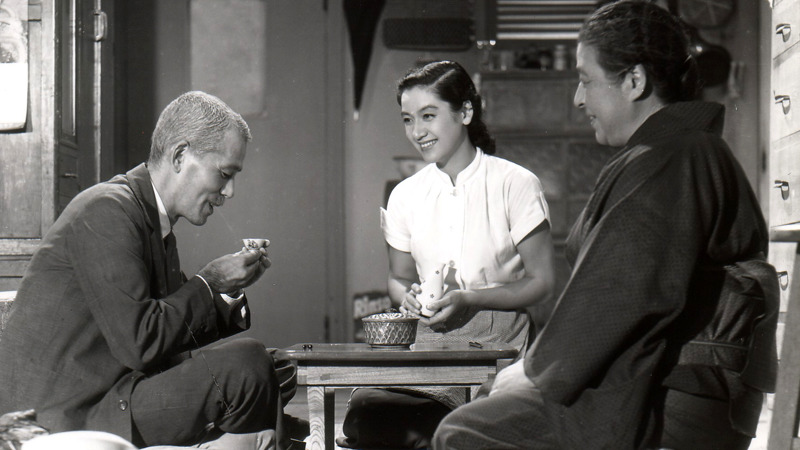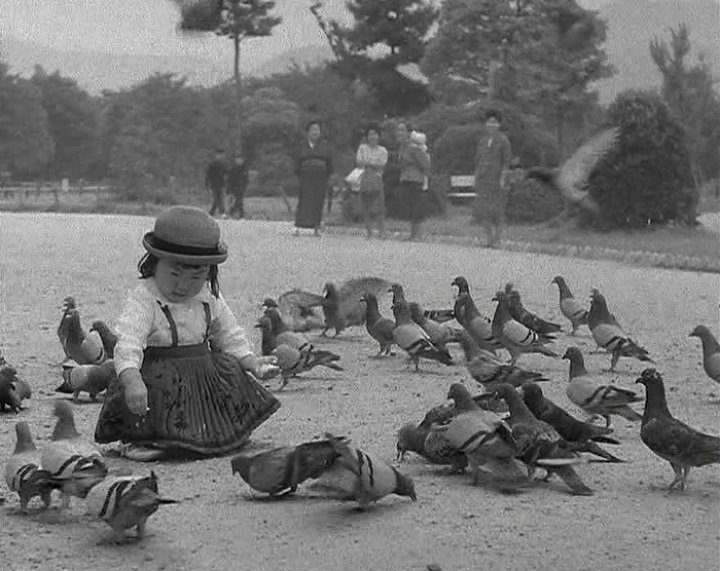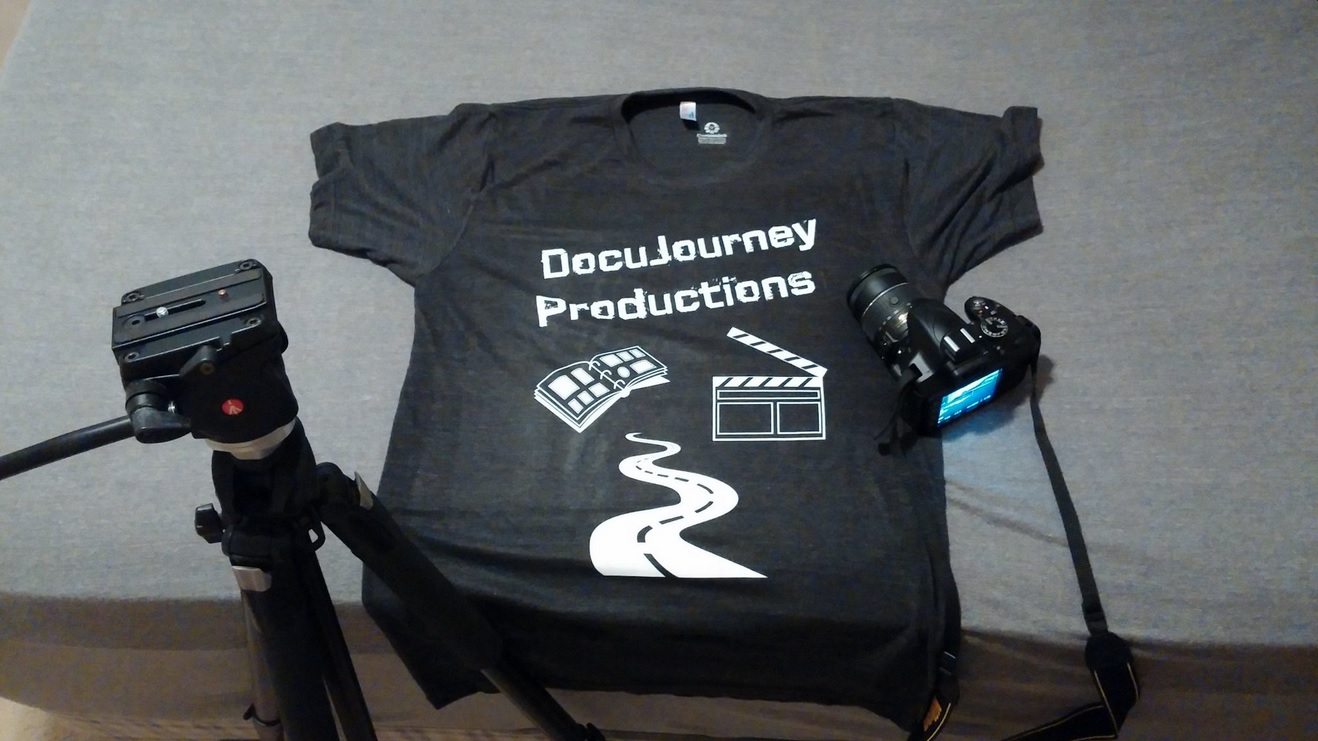“Everybody wants to shine but they don’t want to sweat”
#PayYourDues
Let me preface something before I begin penning this blog entry. This is not necessarily a motivational piece nor is this wholly a rant. Maybe a little bit of both really. I like to think of it as something in between. This does not come from wishful thinking, the youthful buoyancy of optimism, the jaded cynicism of an experienced pro, or a pessimistic outlook on life’s many up-and-down travails. This is essentially thoughts from a Millennial to Millennials. This is brought to you in part by a product of an early 21st century American middle-class upbringing. A person reared in the U.S. and developed along the way a career in an industry he laid out for himself since day one. This topic will encompass the layman understanding of paying dues. Look at this as a conversational piece on how thoughts, confidence, belief, and aspirations mesh with the reality of hard work, success, luck, and opportunity.
Life is essentially a surreal event of circumstances that far too often shifts within the contours of free will and destiny. It’s hard to decipher what comes first and what moves evermore consistently. The balancing act of where power truly lies and how little control we actually have renders our daily choices. Luck, genes, environment, demographics, discipline, focus, timing, personality, and self-control all play a part in this temporal human experience–with each one delivering upon its own valuable life lesson. This is also where the current economic times make real the history we are currently living in. And, as we can see, on the one hand, the world today is at a very exciting period in time where just living in it rings true the intense moment of human exploration and innovation. On the other hand the world can be a chaotic space of existence where despair, inequality, strife, and violence are all too real.
I, as a Millennial, was told how special I was since as young as I could remember. Comforting parents, attentive teachers, caring mentors, friends and neighbors of all walks of life, and even the “self-help” section at my nearby bookstore told me the world will soon be my oasis–that I can accomplish anything I put my mind to; that I was bound for great things. Coming from a dark-skinned, African-born kid living in the American milieu with a funny sounding name I imbibed in such a belief whole-heartedly. I doubt that this confidence-building and inspirational-foretelling was that much different for other Millennials like myself reared in a diverse American landscape. Not ever thinking whether this was good advice or political correctness or even the “positive thinking” atmosphere that was so prevalent in my school days I brought into such philosophy and thinking with little to no doubt. Until, of course, I grew up.
See we live in a very fast-pace, over-populated world where sizeable changes occur at mostly every turn. A lot of it has to do with digital technology and how it has not only shaped the world that we live in but even shaped the very individual living in the world. The momentous changes in digital technology has shaped commerce, trade, and economics at global levels never seen before all operating in saturated markets–both in commodity and labor. This newfound reality has been juxtaposed within an American way of life that has thought children with the very thinking of being special. Such a thinking predicates belief and desire as insurmountable to achievement and in a lot of cases marginalizes the notion of hardwork and paying dues. Logic dictates that if everybody is thought that they were special than nobody is special per se. This belief of “specialness” creates an apparent chasm with how the world works and the young individual entering such a world.
I have worked in the entertainment and media industry since the age of 21–the same age I graduated from college. Working wholly behind-the-scenes my professional experience encompasses the broad scope of production in entertainment and public communication. This includes music videos, broadcast news, independent filmmaking, commercials, infomercials, reality television, awards shows, webisodes and digital media. Anything that involved a camera I was in–actually, I was behind. My work résumé has taken me from sunny South Florida to the bustling New York metropolis to the eclectic Atlanta scene. From development, pre-production through production and post-production and even distribution I have worked and sweated in all the phases. My credits range in a litany of titles and accomplishments–as a writer, editor, production assistant, director, cinematographer, researcher, producer, logger, camera operator, preditor, and so on. In my years of work in an ever-changing, and precarious industry I certainly humbled myself up along the way and continue paying my dues, however little or small they come. I worked minimum wage gigs, drudged through long hours on set and off-set to meet deadlines, I drove long hours to meet assignments, worked odd jobs in strange conditions–that in hindsight upon my naïveté may not have necessarily been legal, executed projects with conflicting personalities in team dynamics and collaborated with a multi-varied and variegated of organizations. Through it all–with the ups and downs that came with its share of heartache, frustration, joy, relief, confidence, anger, weariness, and peace of mind I learned how vitally important it was to humble by myself each step of the way–paying dues and never forgetting. Not taking anything for granted nor expecting a shortcut along the way I learned how much timing and patience can mean in an industry, trade, economy, and world where change is a constant.
This is where after telling you my brief work biography you, as the reader, begin to turn away from this read with the dismissive belief of “duh” and “I heard all this before”. But, I cannot stress paying dues enough especially how simple yet overlooked it can be–again from one Millennial to another. It’s become very difficult for me to talk to young, aspiring members of my milieu who want to enter my industry or other industries for that matter all with the gleam and hope for greatness with little initiative to break a sweat, roll up the sleeves, work extremely hard, and hustle. In a social media age where everyone has a platform for expression regardless–if they are heard/seen or not–“overconfidence” can be a distracting if not self-limiting thing. There is a clear difference between confidence and disillusion. Not everybody is meant for “greatness” in the proverbial sense. Not every Millennial can do anything they put their mind to–which is in no way an attempt to knock any Millennial who tries. No amount of patience guarantees success. The way I see it Americans as parents, counselors, business brands, environmental stimuli, teachers, mentors, institutions, and neighbors raised the next generation on what I call the “American Idol” syndrome where all a person has to do is stand in line and someone will pick them from the lot and give them their break into stardom and financial success. Why? Because they are special. Over time young Americans through an ego-worship of themselves grew up waiting for their cue to come on camera; their moment to shine. In truth, very few people reach the kind of success that is so often sold to us and lauded in our society. Based on the numbers–thousands if not millions of Millennials are dejected, humiliated, and disappointed for not reaching what they taught they deserve.
With no intention to point fingers and blame anyone (since we are all at fault here)–we did a disservice to the young generation with this kind of message that “you can do anything you put your mind to”. Perhaps, the self-help industry in the past 20-30 years didn’t help either. The “you are special” belief furthered the mentality of young people to operate with the feeling that all they have to do is show up and success is theirs. Forget that hard work, dedication, patience, talent, and actually being good at what you do may just get you a crack in the door at elevated success. Young adults embark in their industries and trade as if the world was waiting for them negating the principle of paying dues. It was that scene in Zuccotti Park in downtown Manhattan of the frustrated young college grad during the Occupy Wall Street movement which later swept the country back in 2011 chanting of the plight of the “99%”. Suddenly, that smart, bright kid reared throughout his primary and secondary education on the belief of being special and “the world is yours” mentality–graduated with a heavily-indebted, collegiate education only to see that they didn’t get their cushy, white-collar-$60K-salaried job with a corner office and their name plate engraved on it. They entered the messy world of today’s global economics only to behold a long line with earlier college grads yelling: “Get in the back of the line, kid!”
I think this problem originated two-fold. One, it spawned out of the innocent appeal for equality in our new age of societal cohesion where no one regardless of race, gender, history, creed, and locale will be discriminated against. Any notion of such exclusion based on external and superficial boundaries is delegitimized in our culture; and for the better. This brought on the feeling that anybody–from the child of illegal Mexican immigrants to the black youth growing up in the inner city can achieve the highest of success based on simply thinking and believing. While there are such proven success stories adults who work and operate in the world experience along the way a gray, complex space where things are messy and roads to success not very clear. Cheating, luck, “isms”, circumstances, and timing all linger historically to the present moment. The second origination of this thinking that anyone can be successful stems ideologically in the propaganda of American exceptionalism where this country is believed to be the only one in the world that can lend you the resources and space to achieve your highest wants. Talking to young kids today it is amazing how many actually believe they will be rich in their lifetime–a component of the so-called American Dream.
Unfortunately, we live in tough times. We live in a digital, technological landscape of a late capitalist, neoliberal global economy spawned by the forces of the financialization of Wall Street and the innovation of Silicon Valley rendered by giant corporations in oligopolistic markets. There are many losers and a few winners in this landscape. Decent jobs with living wage are scarce and many industries downsized to the degree where opportunities are slim, the space to operate more unstable and the kind of inequities caused by this institutionalized system toe the line of survival. It is incumbent upon adults to teach and mentor the next generation on the principle that patience, hard work, and luck plays a vital part in success after the belief to achieve has been established. Paying dues is fundamental to the long journey to achieve which along the way presents no guarantees of winning nor succeeding. The best thing a Millennial and all generations following is to face up to the reality of the present bleak yet exciting world and not attempt to live through the moment with naive predilections, willful ignorance or wishful thinking.
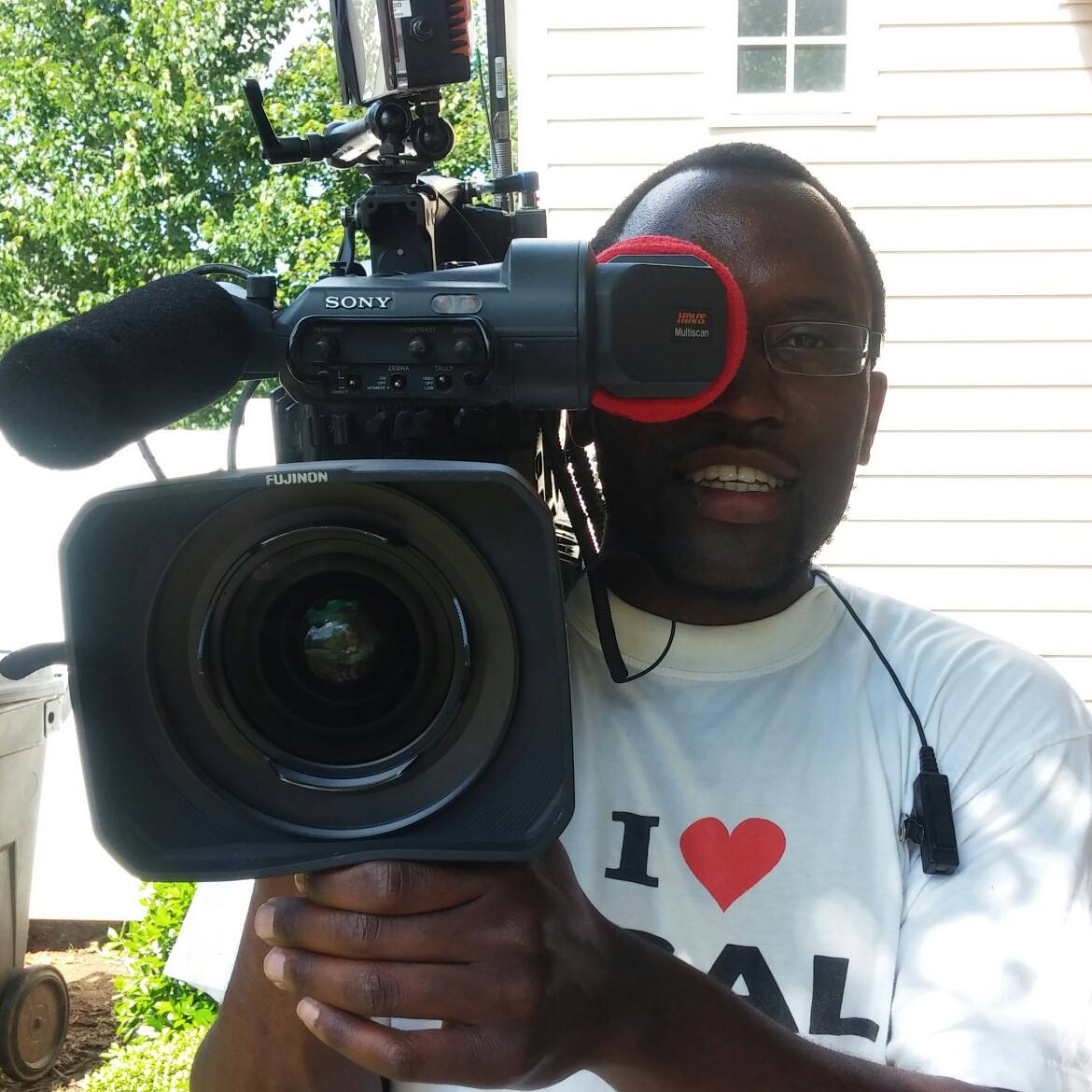 Filmmaker
Filmmaker
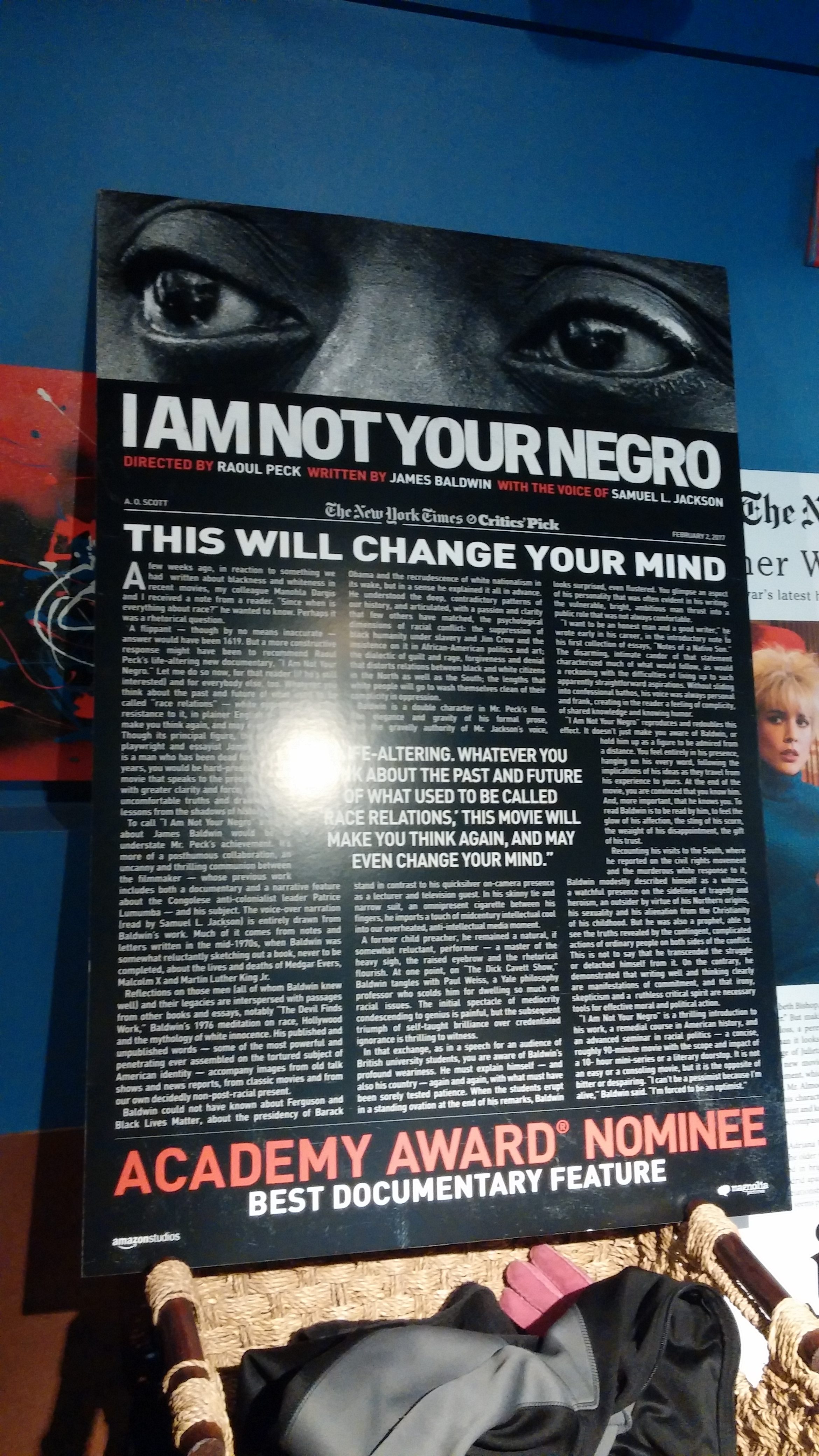
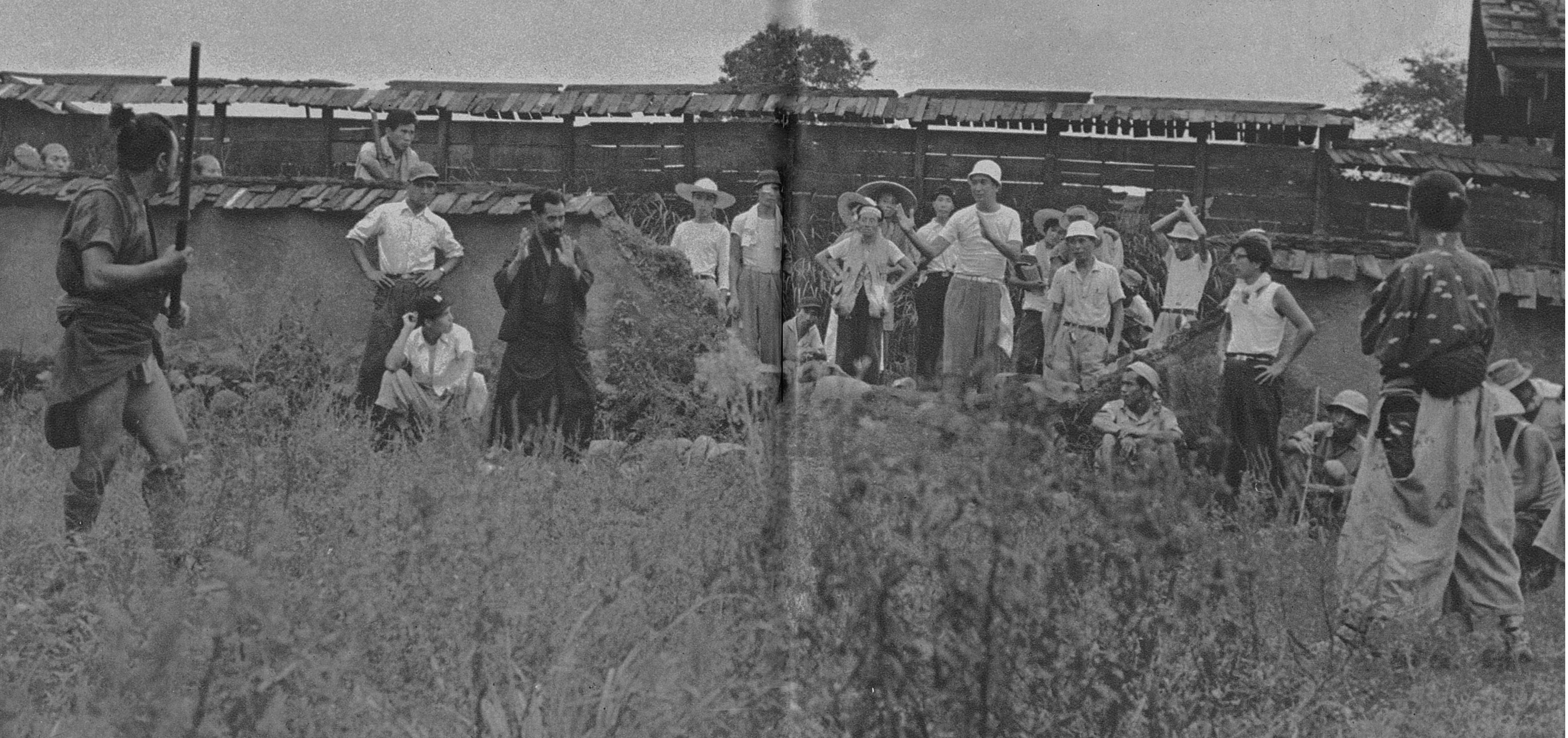 While I hesitate to group things, people, accomplishments, and certainly–works of art in superlative categories that begin with the “Best” or “Greatest” I feel rather slighted in my formal education on global, film history that have shaped cinema as we know it today. Without getting to the nuts and bolts of why this happened in my days as an enthusiastic film student I am convinced in one thing as the reason for this apparent snub–Eurocentrism. In a world where Western nations dominate the business, political, and economics stage and render a near hegemony on most activities, policies, and access throughout the world it is no wonder the academia, and the arts very much fell in line with “European thinking”. Moreover, coupled with Hollywood’s domination of the film industry especially after World War II we see a provincial outlook in the industry among movie directors, producers, actors, and even writers who have put out films through the years targeting a specific demographic market. Add that with the Japanese role in World War II as a member of the Axis power a Japanese snub come as no surprise as the marginalization of the “enemy” where not even two atomic bombs could help lift.
While I hesitate to group things, people, accomplishments, and certainly–works of art in superlative categories that begin with the “Best” or “Greatest” I feel rather slighted in my formal education on global, film history that have shaped cinema as we know it today. Without getting to the nuts and bolts of why this happened in my days as an enthusiastic film student I am convinced in one thing as the reason for this apparent snub–Eurocentrism. In a world where Western nations dominate the business, political, and economics stage and render a near hegemony on most activities, policies, and access throughout the world it is no wonder the academia, and the arts very much fell in line with “European thinking”. Moreover, coupled with Hollywood’s domination of the film industry especially after World War II we see a provincial outlook in the industry among movie directors, producers, actors, and even writers who have put out films through the years targeting a specific demographic market. Add that with the Japanese role in World War II as a member of the Axis power a Japanese snub come as no surprise as the marginalization of the “enemy” where not even two atomic bombs could help lift.